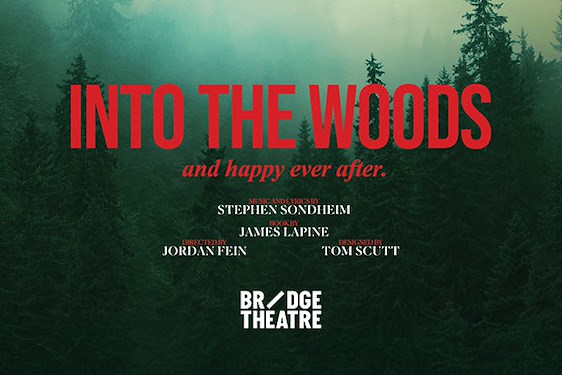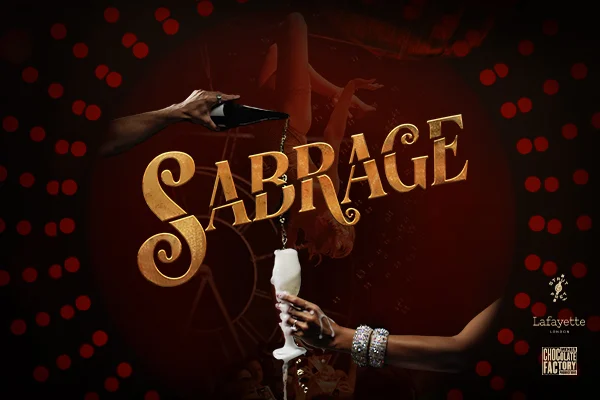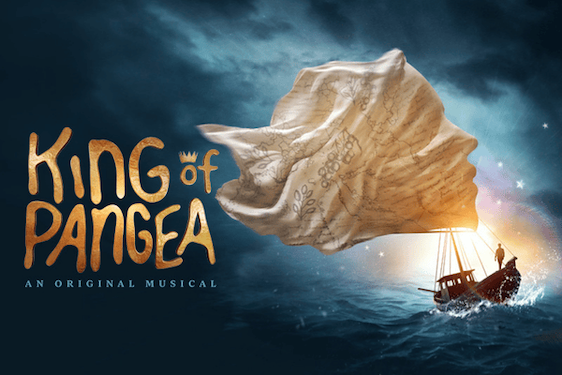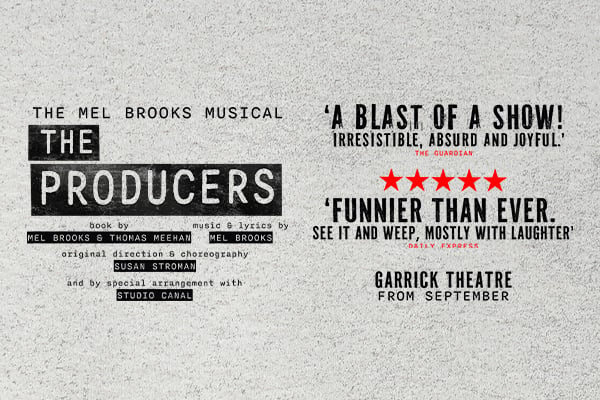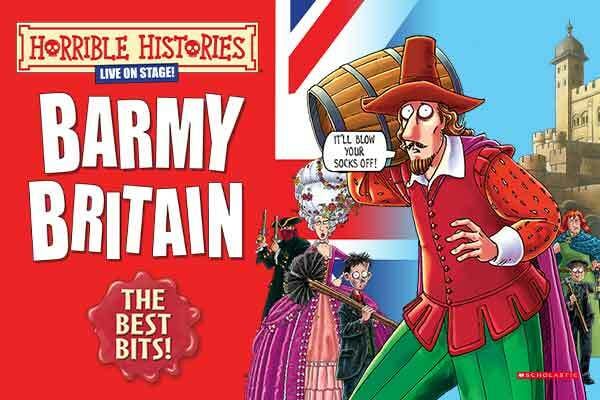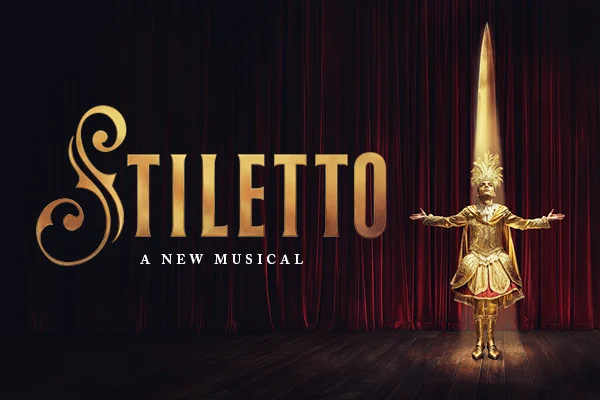‘Ming’ roughly translated means brilliant or bright, a translation that seems fitting for this enlightening exhibition. Often hailed as the starting point of modern china, the Ming dynasty (1368-1644) saw economy and culture flourish. It was one of the most influential and aesthetically striking periods in the development of modern China as we know it today, the Forbidden City and the Great Wall perhaps the most striking testimonies to its magnificence and enduring influence.
A welcome recluse from the mania of the mile and a unique opportunity to see some of the treasures of China’s past
However in this carefully crafted exhibition we’re taken deeper into the details of the culture that helped to produce such mammoths of history. We’re shown the smaller things like ornate pots, dishes and porcelain cups, the intricate techniques of Cloisonné abound along with embellished caskets, delicate silk brocade: a wealth of treasures spread out before our eyes.
The entire exhibition reads as a fascinating overview of a period that remains neglected. It’s odd to be reminded that as the Forbidden City was completed in 1420, Brunelleschi had only just begun work on the great dome of the Basilica in Florence. The Ming Dynasty not only saw the development of the very idea of ‘Literati’ culture, but the idea that art itself should be an integral part of culture as a whole, a form of self-improvement. The three ‘perfections’ of painting, poetry and calligraphy, ensured a system in which creativity and high culture became inextricably intertwined.
Yet the most exciting features of the exhibition are not the gold adorned artefacts, but those more delicate and basic necessities of creation: brushes, ink pots, a desk on which to create. The entire concept of Literati culture and the ‘art of the brush’ it valued so highly is reconstructed through clever displays of paintings amidst the very objects that the literati surrounded themselves with like their scrolls and home furnishings, places and objects where the very art of living a creative and cultured life comes to the fore.
This exhibition is not an extensive insight into the Ming Empire, (that comes later this year at the British Museum) but this exhibition gives a gorgeous glimpse at what’s to come. A welcome recluse from the mania of the mile and a unique opportunity to see some of the treasures of China’s past (120 objects have come all the way from The Nanjing Museum) this exhibition is a solace in the busy streets of Edinburgh and definitely worth a visit.










